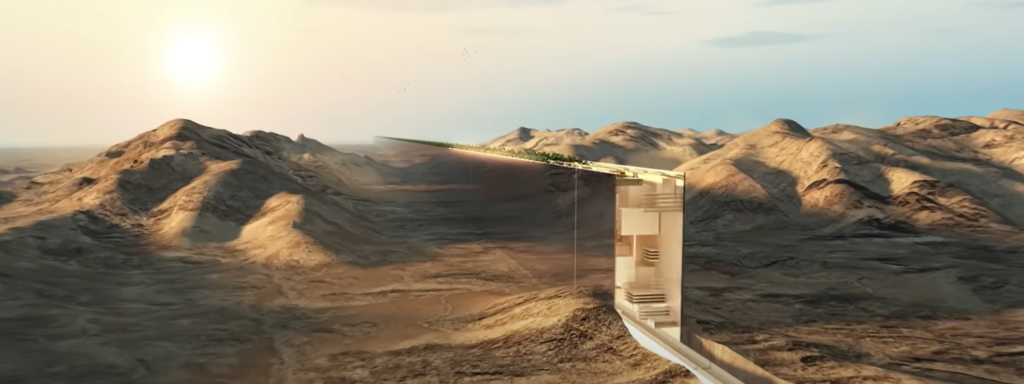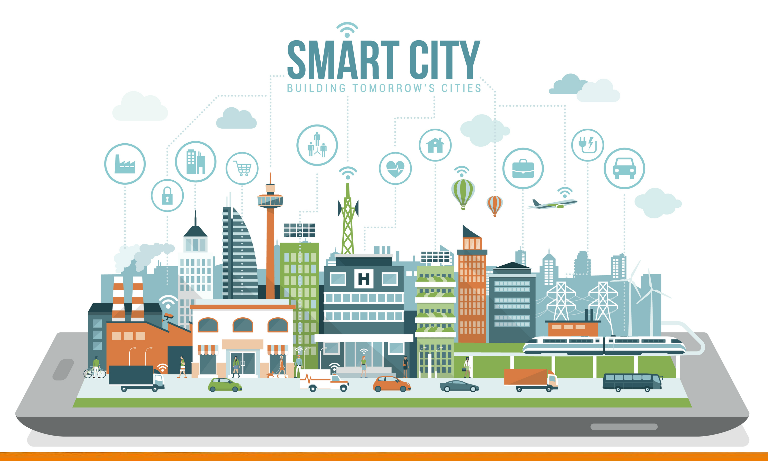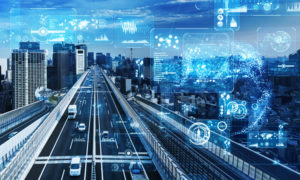Imagine you wake up and everything you need is within 5-min walking distance from your house. The weather is perfect all year round. You breathe the cleanest air and are surrounded by the most thriving ecosystems you’ve ever seen. There are no roads or cars. However, you can always take a high-speed rail that can take you over 170 km further in only 20 min. Sounds like a futuristic dream?

https://youtu.be/0kz5vEqdaSc
Well, it won’t be soon, because that’s everything that promises – THE LINE. This new venture was announced in January 2021 by Saudi Crown Prince Mohammed bin Salman as a part of a $500 billion Neom mega-city project in the Saudi Vision 2030 scheme. As the name suggests, The Line will be a vertical city of barely 200 m wide, 500 m high – which is over 50 m more than the Empire State Building – and stretched 170 km along Tabuk Province in the northwestern desert.
By 2030 it is already planned to accommodate 1.5 million people, rising up to 9 million upon the project’s completion. Divided into layered communities, residents will be able to meet all of their daily needs within a 5-min walking distance or simply use a high-speed rail for end-to-end transit through the whole city that will solely take 20 min. Moreover, services will be autonomous due to the advanced AI solutions, even more increasing time efficiency.
All the intelligent solutions and 95% of space preserved for nature, including almost 34 km2 of plant-covered rooftop surface, ensure natural ventilation, creating a constant micro-climate. Moreover, 100% of water and energy supplies will be renewable. Taking also into consideration the lack of cars and even streets, this vertical city is to have zero carbon emission, making it the perfect response to the global climate crisis.
However, it cannot be that perfect. There is still a lot of controversy surrounding the whole project and it’s not solely from its bold vision. There are also ethical aspects that create heated discussions around the world, starting from enforcing relocation on over 20 000 natives, living on the path of The Line, even though the authorities claimed it to be a ‘virgin land’, ending with missing activists who openly oppose this project.
An additional, potentially negative factor could be enhanced surveillance in a kingdom such as Saudi Arabia, not exactly known for its liberal approach to the citizens. The countless sensors embedded within this smart city’s infrastructure enable accurate tracking of every move, activity, or even possibly thought (based on quite accurate predictive algorithms) of each individual. Access to such data gives providers almost unlimited power over the life of the residents, which can become catastrophic.
Nevertheless, nothing can be certain until it happens. Will The Line and the overall concept of vertical urbanization become the ultimate solution to our current climate crisis? Or will it simply dive us into dystopian reality and provide authorities with the power to obtain full control over the people they govern? Only time will tell. One is sure, the world is changing and something that could be thought to be out of a sci-fi movie can soon become our reality.
_____
Bibliography:
Writer, S. (2022, December 21). Oil and Gas Middle East. Saudi Arabia’s Futuristic Emissions-Free City: The Line – 5 Facts You Need to Know. Retrieved January 3, 2023, from https://www.oilandgasmiddleeast.com/news/saudi-arabias-futuristic-emissions-free-city-the-line-5-facts-you-need-to-know
Moon, M. (2022, July 26). Engadget. The Line: The 1,000-km city in Saudi Arabia. Retrieved January 3, 2023, from https://www.engadget.com/the-line-neom-saudi-images-134030730.html
Al Arabiya English. (2021, January 10). YouTube. The Line – Introduction to the World’s Most Sustainable City. Retrieved January 3, 2023, from https://youtu.be/eXEnS-u3fAY
Air Products. (n.d.). NEOM Green Hydrogen Complex. Retrieved January 3, 2023, from https://www.airproducts.com/campaigns/neom-green-hydrogen-complex
Chulov, M. (2022, July 27). The Guardian. Saudi Arabia plans 100-mile-long mirrored skyscraper megacity. Retrieved January 3, 2023, from https://www.theguardian.com/world/2022/jul/27/saudis-unveil-eye-popping-plan-for-mirrored-skyscraper-eco-city


